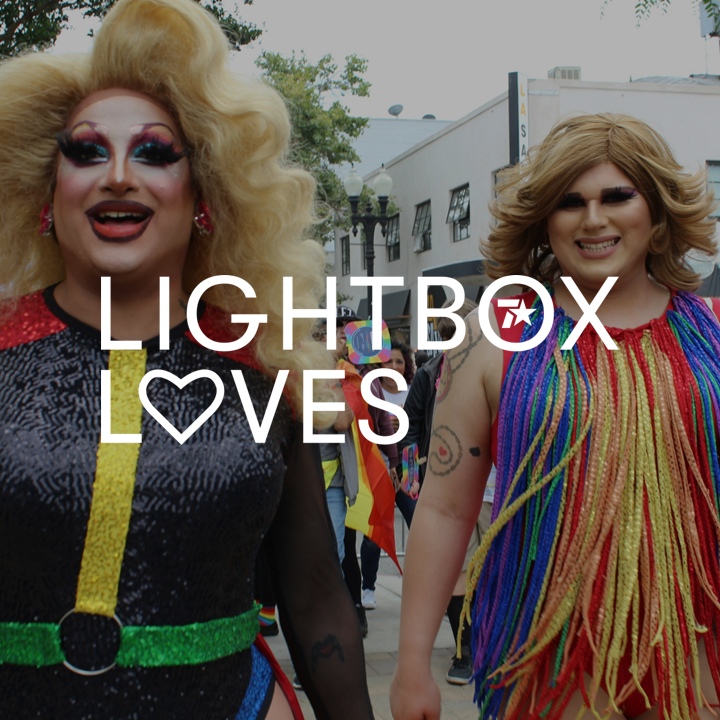
The original supermodel of the world, RuPaul recently wrapped the eleventh season of the self-titled runaway success, RuPaul’s Drag Race, with a speech about how “a TV show made by queer people, for queer people” has taken over the mainstream. Whilst these comments may have attracted some criticism around inclusivity, the sentiment rings true.
With June being LGBTQ+ Pride month, and the UK’s first spin-off series purported to launch on the BBC in late 2019, the time felt right to cast some light (no shade) on the opportunities for brands in partnering and supporting something which everyone from Christina Aguilera to Cara Delevingne has expressed sheer joy at being part of. Viewing figures are hush hush, although an article post season 10 indicated it had broken ratings records for one broadcaster*. RuPaul has an Instagram following of 3.1m, and the show almost 1m on Twitter.
In the recent, glitzy, celebrity sprinkled season 11 finale, which saw Yvie Oddly snatch the crown, we also saw the queens, judges and guests all posing in front of a giant Levi’s rainbow logo. The brand is no stranger to the queer community, being a consistent and vocal campaigner since the 1950s where they removed segregation of workers before the laws changed, but it’s the first time they’ve played such a visible role on RPDR.
Brand support is at the very heart of Drag Race, with Mama Ru number one at promoting and cross-selling her own brand – from autobiographies to music, dolls and perfume. Whilst the majority of the sponsorships and ad-funded challenges in past series have been for US based brands, they are benefitting from a global audience through the show’s presence on VH1, Comedy Central and, of course, Netflix. The category is…everything from travel and holiday companies, to alcohol, jewellery, underwear and fashion brands.
How can British brands show their support, love and fandom for all things drag? Genuine interest starts at the grassroots level. One of the most resounding criticisms levelled at brands in their quest to show support for their LGBTQ+ consumers is that they ignore the opportunity to support at regional and foundational communities; instead pumping their money into the highest reach and profile events.
Engaging the drag community in the UK, whether it involves supporting drag events and expos financially, or enabling tours to spread the drag message far and wide; visibility and understanding of this increasingly popular artform could provide a rich area of opportunity for the right company.
To do so with honesty and integrity, as with any plan to immerse your brand in a subculture, requires an internal review and alignment first, because in the words of Ru: “If you can’t love yourself, how in the hell are you going to love somebody else?”
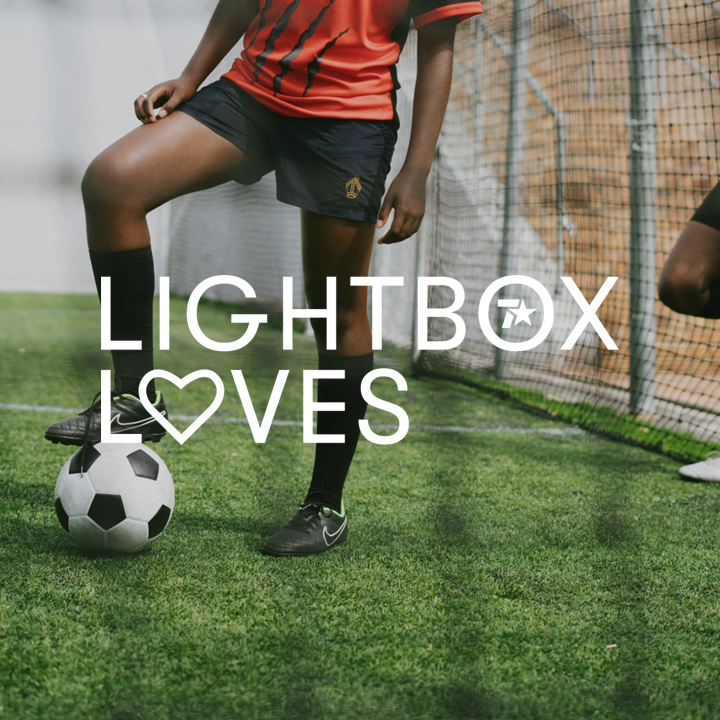
Twelve months ago, the country was infected with World Cup fever; alarms were set to the tune of Three Lions, red & white face paint was an office obligation and waistcoat sales flew through the roof. Now, in 2019, the nation is rising to its feet once more as England’s Lionesses start their campaign in the 8th edition of the Women’s World Cup in France.
Winning all their group games saw the Lionesses storm through to the round of 16 as group winners, smashing TV viewing records in the process; a whopping 6.1 million viewers tuned in to see England take on Scotland on June 9th . Impressively, this record was smashed once more just a week later with 6.87m individuals tuning in to the Lioness’ quarter-final fixture vs Cameroon; making this the most viewed women’s football game in the UK to date, and greater even than their semi-final vs Japan in the World Cup in 2015 with 2.43m viewers.
Of course, this figure is dwarfed by the gargantuan 26.5m individuals that tuned in to see England take on Croatia in last year’s Men’s World Cup semi-final. Compare the Lionesses viewership though to that of the Nations League Semi Final vs Netherlands (2.54m individuals), or England’s men’s latest Euro Qualifier (7.26m individuals) and it’s evident that there is a growing Lioness fanbase out there.
Until now, women’s football has received a lack of attention and funding in comparison to the men’s game. Whilst closing this gap in the near future represents a great challenge, the efforts being made by brands to facilitate this, along with free-to-air broadcasting from the BBC and the general success of the Lionesses, demonstrates that real steps are being taken to achieve equality.
Lioness sponsors Budweiser, Boots, Lucozade, Continental Tires, and Head & Shoulders, have all made significant marketing contributions to the cause, while World Cup partners Visa have committed to spending an equal amount on marketing for both the men’s and women’s tournaments. Coca-Cola, who are also World Cup partners, have further aided the cause by commissioning a weekly women’s football show on Channel 4.
Brands showing a progressive attitude and associating themselves with the Women’s World Cup appropriately stand to benefit from increased brand equity. However, although brand equity is a positive outcome, the real driving force should be a genuine desire from brands and stakeholders to drive tangible societal change for the better.
Source:
Den: Viewers of Eng v Japan 1 July 2015
https://www.marketingweek.com/2019/05/02/visa-fifa-womens-world-cup-campaign/

Love Island returned to our screens last week, sweeping the nation with 3.7 million people tuning in for the first episode – viewed to be a resounding success. Brands in their swathes have been eager to align with the show, including Uber Eats sponsoring the show for £5m, and Superdrug, Ministry of Sound, Jet2Holidays and Samsung all partnering with the ITV2 hit. Clearly the show has tremendous reach, and a cult-like following, but could there be a risk for brands aligning with the show?
Love Island has faced recent criticism around the amount of mental health support available for contestants upon leaving the show. Two former contestants, Mike Thalassitis and Sophie Gradon, both took their own lives. For some, this has raised debates around ITV’s support for contestants after filming ends, and has served to shift public opinion of the show. This debate is concurrent with the halt of long-running ITV show Jeremy Kyle due to an incident on May 9th, which was said to have some parallels with the Love Island debate. The show was immediately cancelled, unfortunately leaving Love Island open to criticism from some quarters for not suffering the same fate. Others have argued that there are many external factors that could be to blame for these tragic events and it is unfair to place all blame on the men and women working on the show. Furthermore, ITV have recently announced that contestants will receive at least eight therapy sessions after leaving the show, so have actively responded to the call to increase aftercare.
The feel-good reality show has also faced scrutiny stemming from the issue of representation on the show. This surrounds the absence of body diversity within the show and the perpetuation of heteronormative ideals. Despite the creative director’s claim that he just “wants them to be attracted to one another” and that including same-sex couples would “take something away from the format” according to ITV boss Paul Mortimer; perceived lack of representation on such a wide scale with the attention of 57% of 16-34s around the UK has been deemed by some as irresponsible and non-inclusive.
A recent study by Sprout found that 65% of consumers thought it was important for brands to take a stand on social or political issues. Given this, could brands be opening themselves up to the same criticism as Love Island and ITV by association? Unilever has run extensive campaigns for their Dove brand to hero body positivity and inclusivity, yet another in their stable, VO5, is the official hair partner of the show. Is it disingenuous for them to wax lyrical about diversity while supporting Love Island? Or is it less important for a house of brands to keep a red thread throughout their comms, as their portfolio have different priorities?
When all is said and done, 80,000 people were reported to have signed up for the fifth season of the show, and brands have found themselves a rare opportunity for mass awareness amongst this hard-to-reach audience. And so at this time they have more to gain from aligning with the show than they have to lose by opening themselves up to criticism. The scales are tipped in their favour, but it’s a delicate balancing act.
Image Source: https://cdn.itv.com/uploads/editor/medium_u4XdwMfZy32vHJkvAfsgeMCnfspBNgMtRzGx3mlr4DY.jpg
Source 4: https://www.barb.co.uk/
Source 5: https://sproutsocial.com/insights/data/championing-change-in-the-age-of-social-media/#key-findings
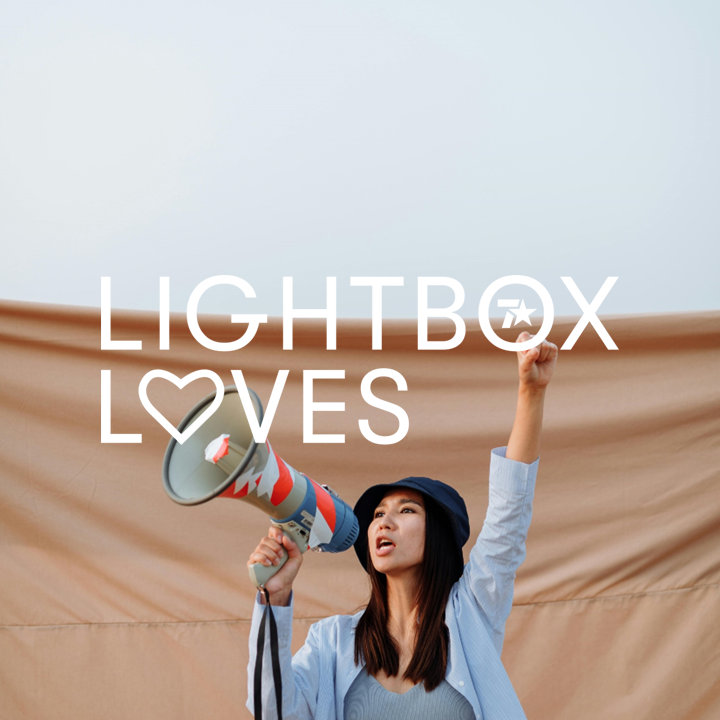
According to the QT, Brits are losing confidence in traditional institutions [1] and consumers are increasingly looking towards brands to take a stance on the topical issues that rule the day. Advertisers have responded in kind with a slew of socially conscious campaigns, dubbed by some commentators as “woke advertising” [2]. Though brands taking a stance on topical issues is nothing new (e.g. the never-ending stream of sponsored floats in LGBT pride parades), increasingly it seems as though social issues are becoming the focal point of some of the largest brand-building campaigns, rather than the actual products. These campaigns present an opportunity for brands to tap into Generation Z’s social milieu, but if poorly executed, can alienate their customer base regardless of their best intentions.
Perhaps the most striking example of “woke advertising” this year has been Gillette’s “The Best Men Can Be” campaign. Launched in January, the campaign was a short film which replaced Gillette’s famous “The Best A Man Can Get” slogan with “The Best Men Can Be”, weighing in on bullying, sexism and sexual harassment. The campaign proved highly divisive with a like to dislike ratio of 1:2 on YouTube [3], as well as provoking numerous opinion pieces in both the media as well as in Ad-land. Some critics of the campaign suggested that the backlash against the campaign came down to the fact that it tried to hold its primary customer base – men – accountable for negative behaviour that most would say they don’t engage in the first place.
Colin Kaepernick’s Nike campaign in September last year is perhaps a better executed example of so-called “woke advertising”. Imploring individuals to “believe in something”, it implicitly took the side of Kaepernick who was the figurehead for a movement of NFL players kneeling during the US national anthem in protest of police brutality, but didn’t directly call out its customer base as Gillette did. Though the advert provoked a backlash similar to Gillette’s campaign with some consumers promising to boycott the brand, it played well with Nike’s target audience – young Americans who tend to hold complementary views of Nike and/or Kaepernick. From a business perspective the campaign was arguably a rousing success, with stock prices reaching an all-time high following the advert and online sales up 31% during the bank holiday weekend that followed it [4].
So called “woke advertising” is then a high-risk strategy not for the faint-hearted of advertisers. However, when well executed and with a strong appeal to the beliefs of the target audience, brands can generate a significant amount of buzz around them as well as create strong demand for their products.
[1] QT; May 2019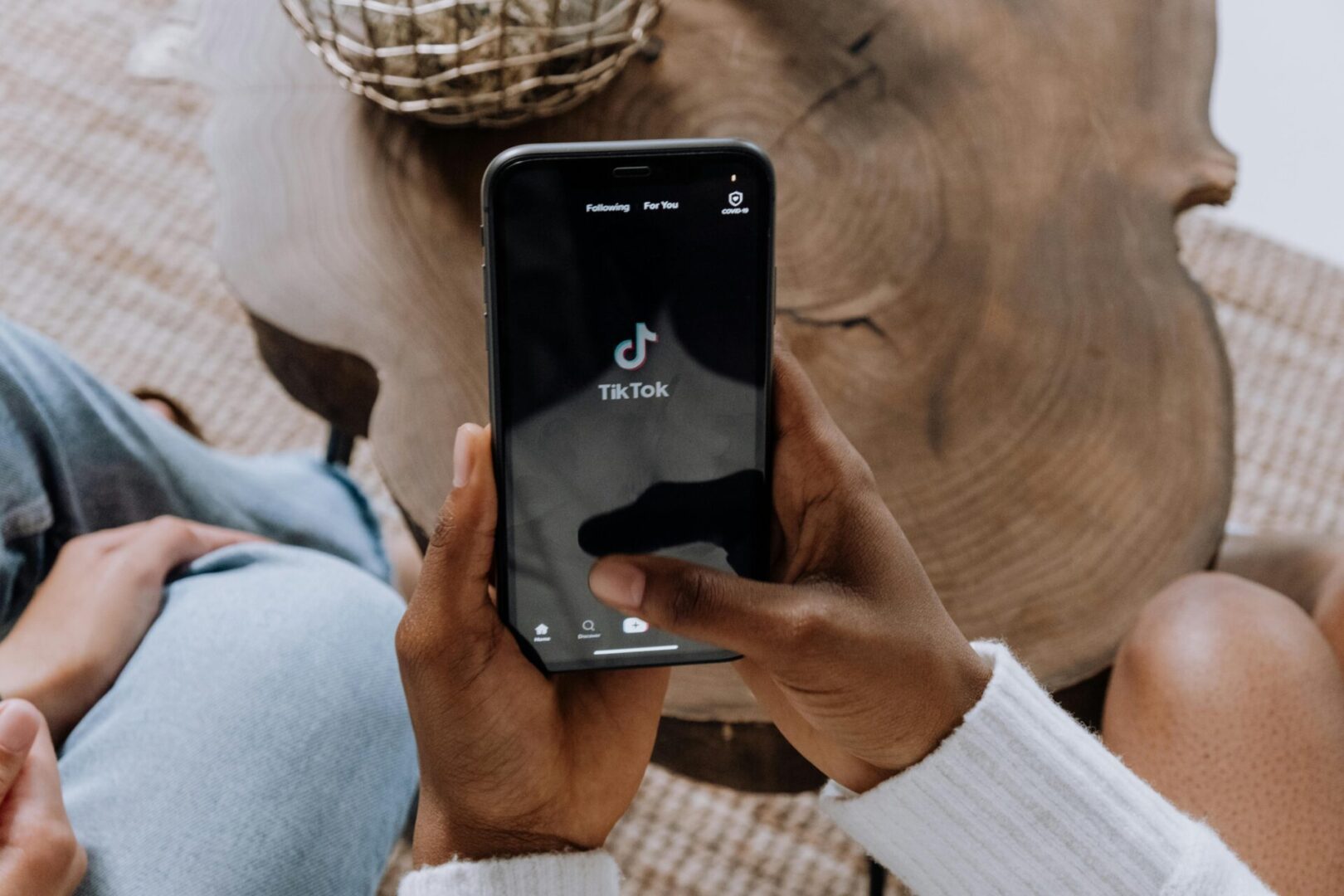
In just two years, TikTok has come from nowhere to become one of the world’s most popular apps, with more than 1 billion users worldwide.
It has held the title of most downloaded iOS app for five consecutive quarters – and advertisers are starting to take notice.
The app allows people to upload short videos of themselves lip-synching, dancing, taking part in a challenge – or just about anything they find funny or entertaining.
There is a strong community feel with people highly engaged and involved in the latest trend. For example, the #InMyFeelings challenge, derived from a song by the artist Drake, prompted five million submissions on the platform, compared to 1.7 million on Instagram.
TikTok started to roll-out its ad offering last year, with in-feed video and promoted hashtag challenges. A new “Lenses” format is expected later this year.
The scale will appeal to brands, as will the ability to reach engaged younger audiences, especially those who are no longer “active users” of other social platforms, with many teens moving away from Facebook in particular.
The immediate value will be felt by brave brands: the value of TikTok lies not in traditional paid ad formats, but in delivering an authentic experience for the platform’s users.
Younger generations generally do not respond well to traditional disruptive advertising, with research from Kantar finding that Gen Z in particular prefer “less intrusive media”.
With a wide range of challenges and viral trends, TikTok has become a focal point for much of youth culture; this audience is not going to engage with a repurposed TV ad served natively in-feed.
The platform, however, does face the same issues that are rife on any social platform attracting a young audience, such as trolling – so brand safety may be a concern to some advertisers.
As an inherently creative platform, value comes from mobilising TikTok users to participate in, and share, your marketing message.
Engaging the right influencers at the beginning of your campaign is also crucial; as your ‘seed’ audience the content has to work for them.
Burberry’s #TBChallenge, for example, encouraged users to attempt to create a T and B using their hands (similar to the viral Dele Alli challenge). It amassed more than 4 million views in a matter of days.
TikTok works best by creating moments that allow people to engage and connect with your brand in a meaningful way. There is high potential to deliver a viral marketing campaign at a very low cost – if it is done in the right way.
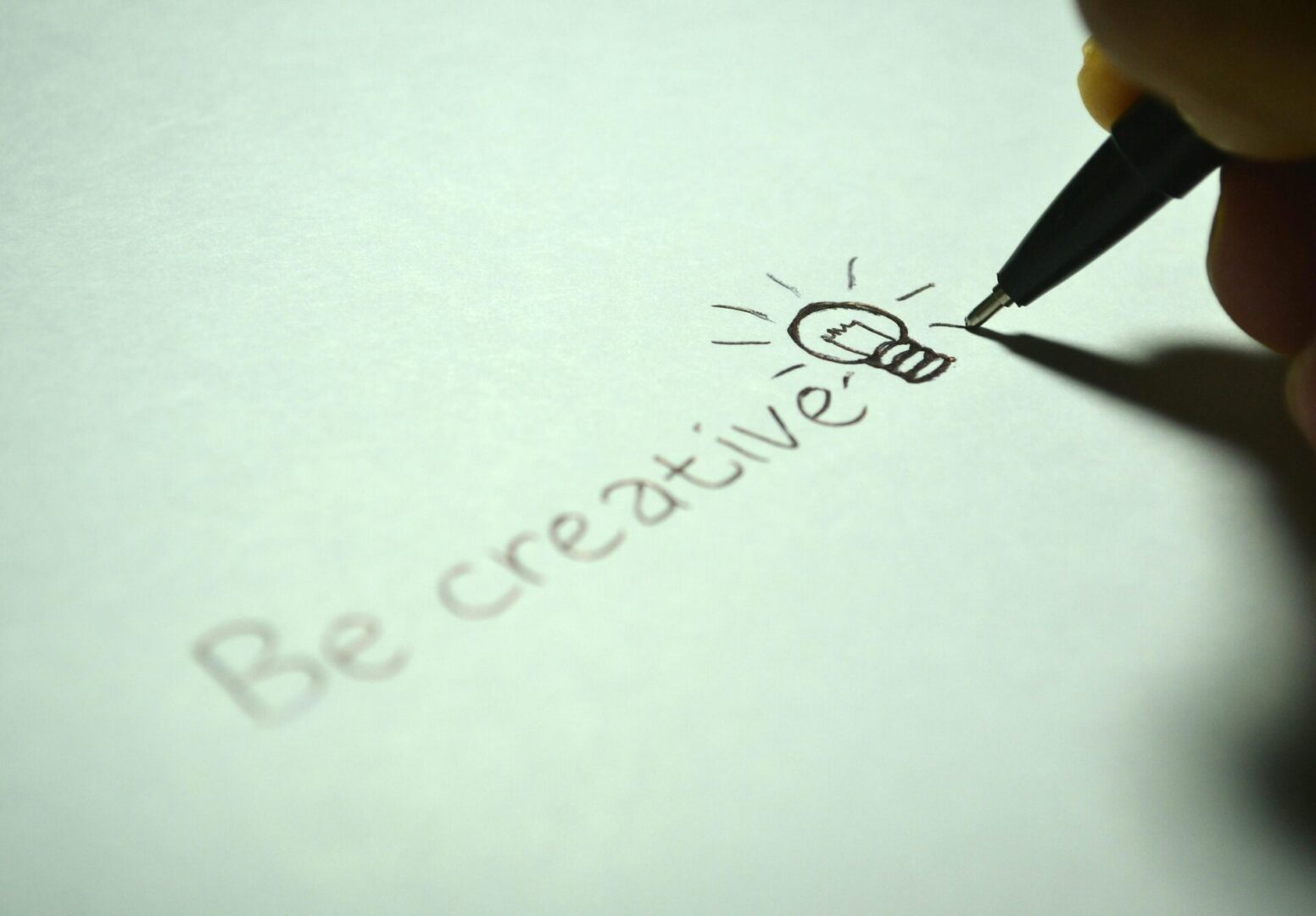
The ad world descended on the French Riviera – and broke out the Bolly – this month as Cannes hosted its annual International Festival of Creativity.
Of 31,000 entries from around the globe only 3% are shortlisted, and this year just 27 were deemed worthy of receiving a prestigious Grand Prix, with the likes of Burger King’s Whopper Detour and Nike’s Dream Crazy campaigns receiving the top gong.
In a disappointing turnout for the UK ad industry, its number of awards was down 24% since 2018, and 41% for Gold Lions.
Meanwhile, according to research from System1, this year’s winners were the least effective to win in the past decade. Using its effectiveness research methods to determine the short- and long-term growth potential of campaigns, the study found that five gold-winning ads scored just one star, predicting 0% brand growth.
Les Binet and Peter Field in particular have railed against the industry’s increasing problem with “short-termism”, with last year’s Effectiveness in Context report acting as a rallying cry for marketers to invest in brand in the long-term. Between 2004-16 the optimum spend on brand activity, as opposed to activation, has increased to 76%, according to their meta-analysis of the IPA databank.
In a new report released during the festival, Peter Field has now described a “crisis in creative effectiveness”.
Based on case studies submitted between 1998 and 2018, Field reported that, in the period ending in 2008, creatively awarded campaigns were 12 times more efficient than non-awarded campaigns – but in recent years the multiplier has dropped to just four.
The report comes amid debate around the relevance – and meaning – of the awards, with entrepreneur Gary Vaynerchuk arguing that awards are given for “work that no human has actually seen”, describing the festival as a week of self-indulgence for ad land.
Creative ideas and stunt-based campaigns may drive likes and shares, and even help win awards, but will not necessarily result in business success. Creativity is crucial, not to impress a board of judges, but to demand consumer attention, and build brand distinction.
It is generally understood that it takes at least six months to drive business results following the launch of a campaign; by taking place every other year the IPA Effectiveness Award allows entries to take this into account to award genuinely hard-working campaigns, rather than judging on “wow factor” and immediate impact. Cannes should take note.
Creativity still matters – but for marketers business results should matter more.
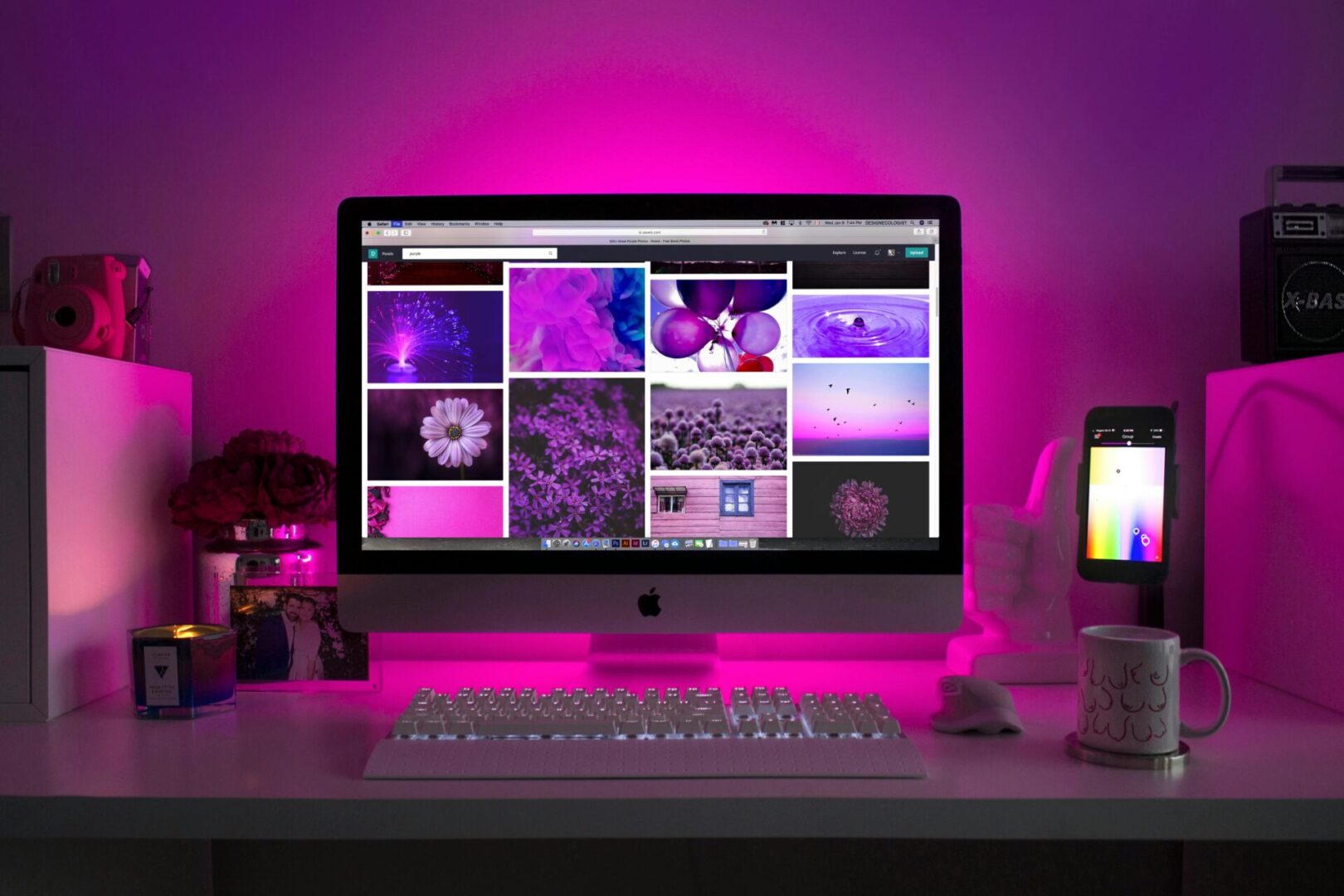
Mary Meeker has this month delivered her annual – and much anticipated – digital trends report. It is a mammoth 333 page document which reflects on tech trends from internet use to e-commerce sales, photo-sharing and interactive gaming. Here are some key points from this year’s report:
- The US no longer monopolises tech’s top table
Technology companies such as Microsoft have for some time been among the world’s largest companies. Today all but three in the top ten (by market cap) are tech firms.
But they are increasingly global. The USA still dominates, but Chinese, Japanese and Australian firms have overtaken US mainstays such as eBay, EA and Twitter. It would not come as a surprise if the likes of Alibaba, Tencent and Shopify make a move into other markets.
- Data scarcity puts pressure on programmatic
Privacy concerns continue to mount. In the last year, GDPR has come in to force in Europe and similar legislation has been passed in California.
Even Facebook has called for regulation stating “it shouldn’t be for private companies, however big or small, to come up with those rules”. Meeker points to the growth of encrypted digital media communication – now accounting for 87% of traffic, up from 53% in just two years – driven by ‘dark social’ services such as iMessage, WhatsApp and Telegram.
Such data scarcity creates challenges for advertisers as people become more protective of their data.
- Super Apps point to growth in China
One nation not driving towards data protection is the largest online population in the world, the Chinese. Internet usage, by data consumption, grew 189% in the last year, and China is set to become the largest producer of data next year.
Multiple-feature “Super Apps” are commonplace. For example Meituan, originally a group-buying app, has over 30 features from restaurant reviews and reservations, home rentals, travel booking to groceries.
Why use Yelp, OpenTable, Skyscanner, Trivago and Ocado when you can get all those services in one place, and on one bill? The west may follow, with Airbnb offering experiences, Facebook entering the payment world and YouTube making its debut as a subscription streaming service, perhaps.
This consolidation of data and services into single super apps suggest that China’s already massive tech sector and ad market only has room to grow.

Leading figures in the European video industry came together for MediaTel’s Videoscape Europe at BAFTA in London this month.
Representatives from each part of the video value-chain – from producers and rights holders to distributors and aggregators – gathered at the event to discuss growth opportunities in streaming.
The event also confronted the challenges facing established media companies delivering content over the open internet, as opposed to through a TV platform, set against the success story of SVOD (subscription services). Speakers also reflected on new market opportunities, evolving distribution relationships and business models in video streaming.
In a session on the digital transformation of linear TV incumbents and their relationship with subscription platforms, Matthew Bailey, Senior Media Analyst at Ovum, emphasised the importance of premium content for traditional broadcasters, while connected TV expected to be the biggest driver of future growth (+$1.8bn VOD revenues globally from 2018-2023).
Steve Forde, Director of Digital Products and Online Marketing at ITV, and Richard-Davidson Houston, from Channel 4, discussed their ‘free + subscription’ models.
ITV already has 265,000 subscribed to its paid-for ITV Hub+ service, whilst All4 is making a conscious move to reposition VOD from a free “catch-up” service to “boxsets on demand”.
On pricing models, both said free trials for subscription services can drive short term gains, but decrease a customer’s lifetime value.
Citing Netflix’s pricing model, both felt the company would seek to keep monthly fees relatively low, and many observers even expect a price drop when Disney+ arrives in the UK, in a bid to remain the lower-cost option.
With the UK having on average 2.01 subscription VOD services per household, Jack Davison, Executive Vice President at 3Vision consultancy, argued that live sport and original content will be the main factors for broadcasters when it comes to building the leading streaming service.
Amazon, with its Prime Video offering, is already investing in both, with analysts estimating it will spend $6 billion on original content this year. The platform also made a big move into sport this month, announcing it will show 20 Premier League matches a season between 2019-22.
Netflix remains the market leader, currently in 32% of all homes that access one or more VOD service, and is expected to maintain its strong position given its broad range of original content and position as a ‘gateway’ to subscription video. Amazon’s recent investment, however, puts it in strong second place (20%).
As a result video advertising spends remain high, with global TV ad spend predicted to hit $200 billion by 2023.
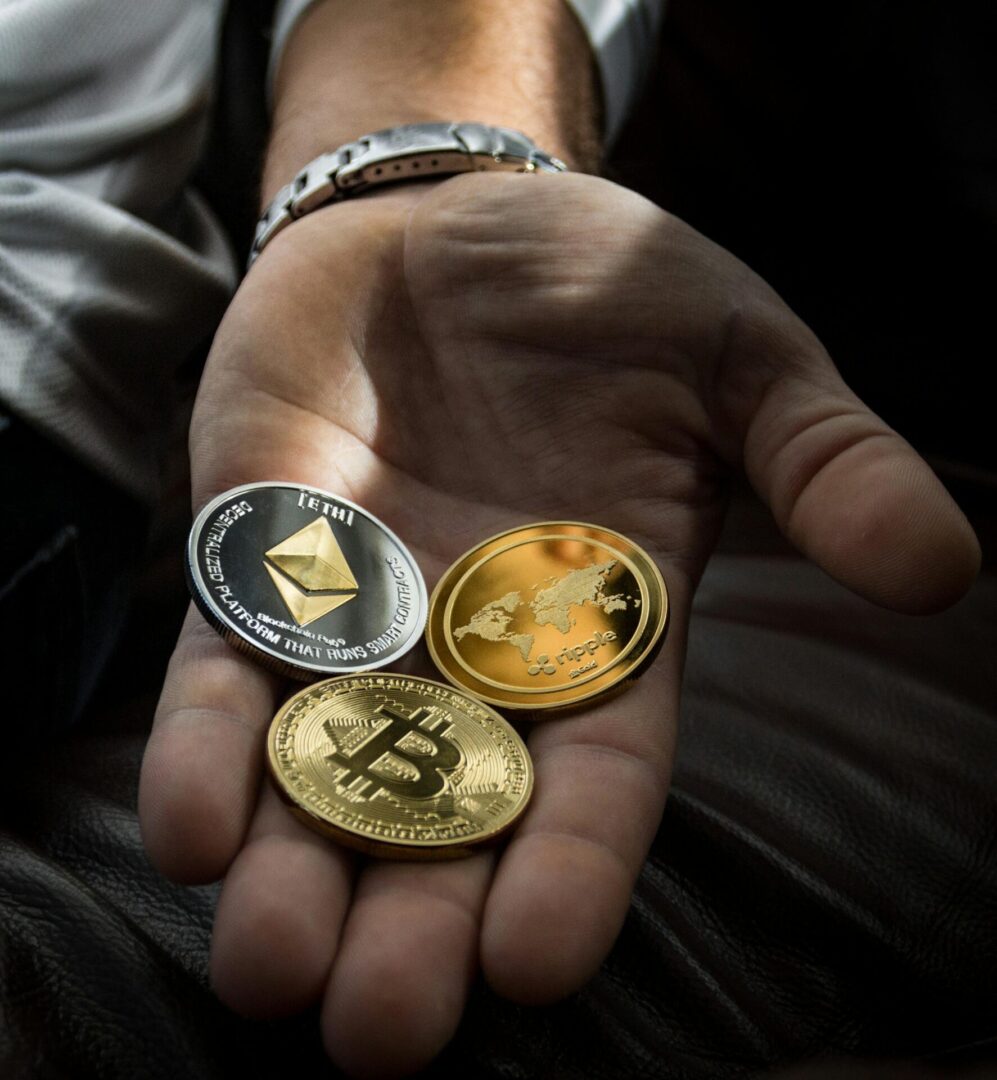
Facebook this month unveiled plans to launch its foray in to the world of cryptocurrencies, after being developed in secret for the past year.
With the launch of Libra – named after the Roman unit of measurement used in minting coins – David Marcus, head of Facebook’s blockchain technology research, hopes to shake up the established financial institutions with this new blockchain based system, describing it as having the potential to bring “change for the entire world.”
The concept of a blockchain-based financial system is based on a de-centralised, shared database on which transactions are built, removing power and control from Wall Street and central banks – an appealing prospect for a growing number of people who are wary and distrustful of the traditional banking elite, seen to manipulate markets for profit, causing economic woes for those at the lower end of the economy, with few repercussions.
This de-centralised approach has the added benefit of allowing a far greater level of transparency, as each transaction must be validated by the blockchain’s consensus mechanisms – a set of protocols which ensure that all nodes on the chain are synchronised and agree on which transactions are legitimate and viable to be added to the blockchain. This allows oversight by all parties on the blockchain rather than just a select few.
Facebook’s move into the world of crypto, however, has not come without criticism. Sceptics of the social media giant have pointed to their past inability to ensure the security of users’ private information – a fundamental duty of any institution which handles financial transactions.
There are also those who have become concerned about Facebook’s size and power within the technological sphere and therefore, increasingly, all of our lives. In order to allay these fears, Facebook has taken steps to reassure us that they will not use Libra-based financial data to target tailored advertising to users, despite the use of user data for advertising currently being their main revenue stream on the platform.
They have also made moves to distance the Libra project from the main corporation, passing direct management to a non-profit based in Switzerland – the Libra Association.
Despite this initial criticism, Libra has already attracted the backing of 27 companies confirmed as partners this week, including Visa, Spotify, eBay and PayPal, who see the potential in the future of blockchain as a mainstream prospect.
This outcome would allow users to hold and move these blockchain based digital currencies almost instantly and with very low transaction fees. This would bring greater economic freedom to many, especially those in the developing world who do not currently have ready access to cheap digital bank accounts and credit cards, limiting their ability to trade and operate on the international field, keeping them from accessing markets and goods that could benefit themselves and their communities.
Overall, the world of cryptocurrencies is still in its infancy and as such it is difficult to predict the future of this potential globe-spanning economic system.
However, it is fair to say that the entry of a large, well known corporation like Facebook will have a huge impact on the landscape and its possibility to become the new norm in the financial sector which has remained largely unchanged, and unthreatened, for decades.



Recent Comments